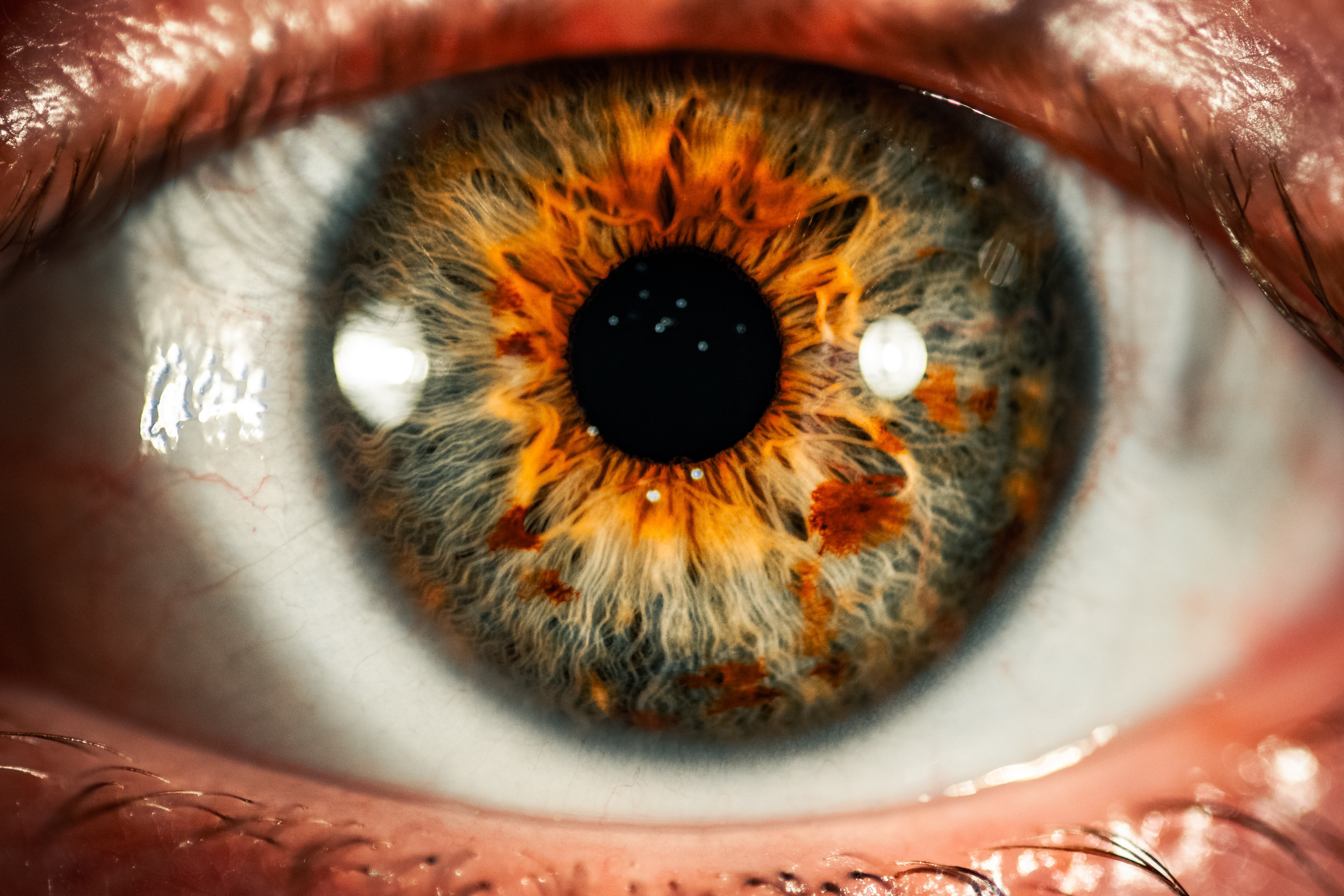General Health Tips & News
Glaucoma: What are its Symptoms, Causes, and Treatment?
By S.I. (staff writer) , published on October 04, 2022

Medicine Telehealth Health eye aging
What is Glaucoma?
Glaucoma refers to an increase in intra-ocular pressure leading to vision loss and blindness by injuring the optic nerve in the back of the eye.
The symptoms may appear gradually, and you may not notice them. A full dilated eye exam is the only way to determine if you have glaucoma.
What are the Symptoms of Glaucoma?
Glaucoma signs and symptoms differ depending on the type and stage of your illness [1]. As an example:
Open-angle glaucoma
- Patchy blind spots in your peripheral (side) or central vision, often in both eyes
- Tunnel vision in its later stages [2]
Acute angle-closure glaucoma
- Severe headache
- Eye pain
- Vomiting and nausea
- Vision impairment
- Lights with halo effects
- Redness of the eyes
- Glaucoma will eventually cause blindness if left untreated. Even with treatment, approximately 15% of patients with glaucoma lose sight in at least one eye after 20 years.
What are the Causes of Glaucoma?
The fluid inside your eye, known as aqueous humor, normally exits through a mesh-like canal. The liquid accumulates if this route becomes clogged or the eye produces too much fluid. Experts aren't always sure what's causing the blockage. It can, however, be inherited, which means it is handed down from parents to children.
A physical or chemical injury to the eye, a severe eye infection, blocked blood vessels inside your eye, and inflammatory disorders are all less common causes of glaucoma. It's uncommon, but eye surgery to treat another condition might sometimes trigger it. It normally affects both eyes. However, one may be affected more severely than the other.
Some of the risk factors for glaucoma include;
- Being a black, Asian, or Hispanic person
- Being over the age of 60 [3]
- Having high intraocular pressure
- Having certain medical conditions, such as diabetes, heart disease, high blood pressure, and sickle cell anemia
- Being extremely nearsighted or farsighted
- Having a glaucoma-related family history [4]
- Having suffered an eye injury or undergone various forms of eye surgery
- Having thin-walled corneas in the center
- Long-term use of corticosteroid medicines, particularly eye drops
What is the Treatment for Glaucoma?
The effects of glaucoma cannot be reversed. However, medication and regular exams can help decrease or prevent vision loss, especially if the illness is detected early.
Glaucoma is treated by reducing intraocular pressure [5]. Your options may vary depending on your situation.
- Eye drops.
- Oral medication.
- Laser surgery. This includes procedures like:
1. Trabeculoplasty: This opens the drainage area.
2. Iridotomy: This makes a tiny hole in your iris to let fluid flow more freely.
3. Cyclo photocoagulation: This treats areas of the middle layer of your eye to lower fluid production.
- Microsurgery.
- Minimally invasive glaucoma surgeries (MIGS).
References:
- https://jamanetwork.com/journals/jamaophthalmology/article-abstract/262946
- https://www.nejm.org/doi/full/10.1056/nejm199304153281507
- https://www.tandfonline.com/doi/abs/10.1076/opep.5.4.173.4192
- https://www.science.org/doi/abs/10.1126/science.275.5300.668
- https://academic.oup.com/ajhp/article-abstract/62/7/691/5134357
Find articles related to: Medicine Telehealth Health eye aging
More articles about General Health Tips & News
Back to the Health Tips Index




